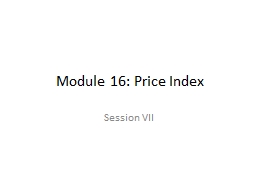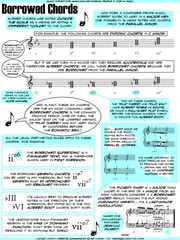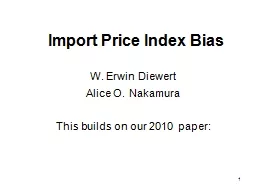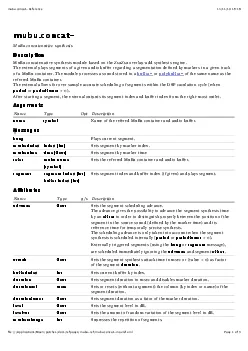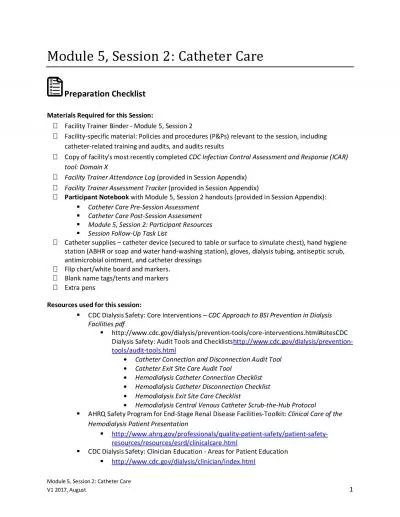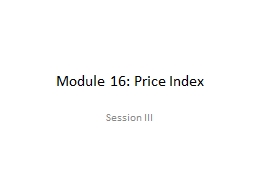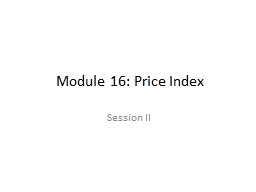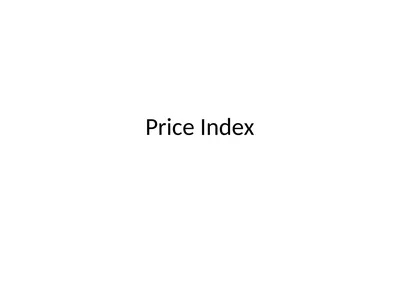PPT-Module 16: Price Index Session VII
Author : roberts | Published Date : 2023-07-23
2 Contents Session VII Product and outlet selection Product specification Initial choice Organising data collection Method of collection Frequency and timing Dealing
Presentation Embed Code
Download Presentation
Download Presentation The PPT/PDF document "Module 16: Price Index Session VII" is the property of its rightful owner. Permission is granted to download and print the materials on this website for personal, non-commercial use only, and to display it on your personal computer provided you do not modify the materials and that you retain all copyright notices contained in the materials. By downloading content from our website, you accept the terms of this agreement.
Module 16: Price Index Session VII: Transcript
Download Rules Of Document
"Module 16: Price Index Session VII"The content belongs to its owner. You may download and print it for personal use, without modification, and keep all copyright notices. By downloading, you agree to these terms.
Related Documents

